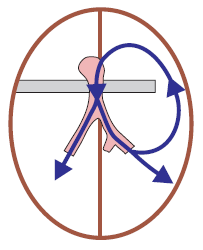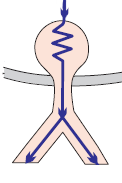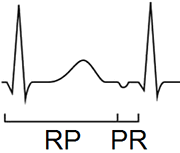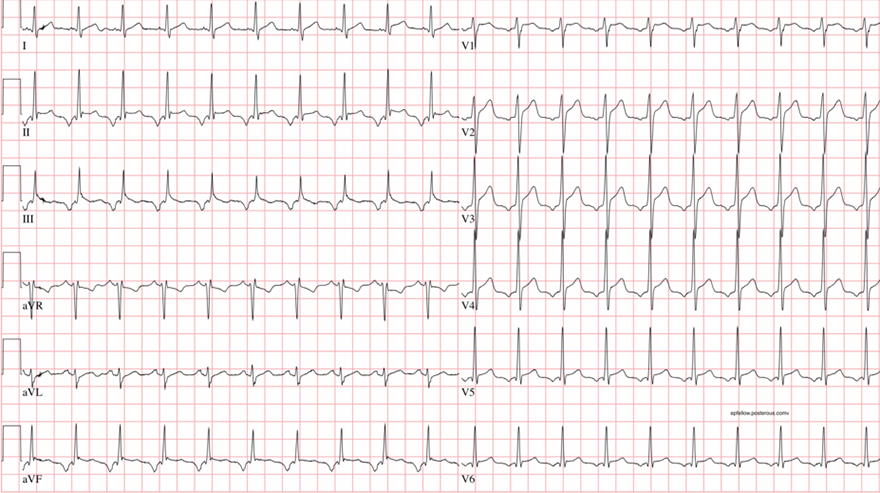Home /
Permanent (Persistent) Junctional Reciprocating Tachycardia (PJRT), Pseudo (Slow-Slow) AVNRT, Coumel´s tachycardia, Incessant supraventricular tachycardia







Sinus Rhythm and Permanent Junctional Reciprocating Tachycardia


Permanent Junctional Reciprocating Tachycardia
Sources
Home /
Permanent (Persistent) Junctional Reciprocating Tachycardia (PJRT), Pseudo (Slow-Slow) AVNRT, Coumel´s tachycardia, Incessant supraventricular tachycardia
WPW Syndrome
|

|
Orthodromic AVRT
|
 |
Decremental Conduction of the AV Junction
|

|
|

|
|

|
ECG and PJRT
|

|

Sinus Rhythm and Permanent Junctional Reciprocating Tachycardia

|
Permanent Junctional Reciprocating Tachycardia
|

|
Sources